calsfoundation@cals.org
Bethesda (Independence County)
Although there were settlers in what became Bethesda (it was originally called Washington) in the early days of statehood, the community was officially established with the opening of a post office in 1888. The name of the community is believed to have been derived from the biblical Bethesda healing pool in Jerusalem, the word meaning “house of grace” or “house of mercy.” Bethesda is located along Highway 106, about three miles south-southeast of Cushman (Independence County) and about eight miles west-northwest of the county seat of Batesville (Independence County). The White River is about four miles to the south, where Lock and Dam No. 2 is located. The Union Pacific Railroad follows the White River bank south of Bethesda.
The Civil War touched Bethesda directly, as the Union army was determined to control Batesville and the county beginning in early 1862. The Skirmish at Waugh’s Farm, one of the best-known skirmishes of the war for control of the White River valley, occurred on the farm of James L. Waugh and his wife, Julia Divers Waugh. In February 1864, Union soldiers under the command of Captain William Castle, leader of a foraging party, camped for the night on the Waugh farm. The daughter of Robert Childress supposedly crossed the White River and made contact with Captain George Rutherford and his Confederate First Arkansas Cavalry. Crossing the White River above Penters Bluff (Izard County) during a night march of some fifteen miles, Captain Rutherford reached the Federal camp just after daylight the next morning, February 19, 1864, and attacked. Although outnumbered, Captain Rutherford’s men surprised and routed the Union foraging party, killing four (including Captain Castle), wounding ten, and capturing thirty-two. Rutherford lost only one man.
The oldest surviving dwelling of Bethesda is the Grigsby House, built about 1867 but moved to Lyon College in Batesville in 1976 as part of the American Bicentennial celebration; it was restored and later dedicated in 1983. Located on campus, the log house provides a museum and working laboratory for folklore classes. The log house is a major tourist attraction for Independence County.
In 1871, the Washington High School Association was established to build a school for the community. The result was the Bethesda Academy, a private school that charged tuition. The academy proved to be difficult to maintain and closed about 1900. The building was torn down and the wood used to build a private residence on the site and a Church of Christ. The community was designated as the official voting place for Washington Township in 1886. James L. Porter was appointed the community’s first postmaster on March 30, 1888.
Bethesda is located in the midst of mining land—Cushman for manganese and Limedale (Independence County) for limestone. The limestone quarry is only two miles to the east. An influx of farmers and tradesmen came from the east in the 1880s, and the number continued to increase with the advent of steamboats and ferries along the White River. The Earnheart and Walls Ferry crossed the river to the south, making settlement easier. Bethesda has since become overshadowed by nearby Cushman.
At the beginning of the twentieth century, Bethesda was a bustling little town with a blacksmith shop, four general stores, two grist mills, two cotton gins, a sawmill, and a livestock dealer. Good fishing was found in creeks including Chinquapin, Rocky Branch, and Harmon. Abundant game inhabited the woods around Bethesda.
Bethesda was home to two of the most prominent physicians in Independence County at the time, Paul Hayne Jeffery and his wife’s nephew, Hickman Calaway. Dr. Jeffery opened a four-bed hospital in Bethesda across the road from the Bethesda Grocery with Dr. Ivy and Dr. Hayden shortly after his graduation from medical school in 1910. He married Pearl Calaway in 1915. He later built his home on Earnheart Road. He lived in this house and practiced medicine there until his death in 1972. The building still stands and is used as a residence.
In 1900, public schools began appearing in the Washington Township. The first was Chinquapin School in the Earnheart (Independence County) area, then Bell Grove School at Harmontown (Independence County), followed by Independence School at Bethesda, which became Bethesda School around 1912. By the late 1940s, these schools had merged with the Bethesda School, with the former school buildings being sold for lumber. Bethesda divided its district for consolidation purposes. On January 25, 1949, part of the Bethesda district was annexed to Cushman and the other part to Batesville. Bethesda kept an elementary school until the 1960s.
Bethesda resident Doyle Brooks was a Hollywood actor and stuntman of the 1950s and 1960s, appearing on many television shows, including Superman and Rin Tin Tin. He was also in several movies. Perhaps his most famous role was playing the White Knight in an Ajax television commercial. Doyle eventually retired from Hollywood and returned to his hometown of Bethesda, where he started a quail farm. A popular fiddle player of Bethesda was Paul Medlock. He formed a band called the Rhythm Rangers, which played throughout the county and had a weekly radio show on Batesville’s KBTA for several years.
Oran McBride Stone Company began operating in Bethesda in 1948, providing limestone, sandstone, and marble for building projects.
Churches have always played an important role in the community of Bethesda. The Bethesda Campground Methodist Church was established in 1841. Other active churches are the New Hope Cumberland Presbyterian Church, Chinquapin Church, and the Pilgrim Rest Baptist Church. Bethesda also has a yearly festival, the Bethesda Day Parade.
For additional information:
Biographical and Historical Memoirs of Northeast Arkansas. Chicago: Goodspeed Publishing Co., 1889.
McAdams, Virginia. “The Battle of Waugh’s Farm.” Independence County Chronicle 2, no. 4 (1961): 3–6.
McGinnis, A. C. “Bethesda.” Independence County Historical Chronicle 16 (July 1975): 2–17.
———. “A History of Independence County, Ark.” Special issue. Independence County Chronicle 17 (April 1976).
Kenneth Rorie
Van Buren, Arkansas
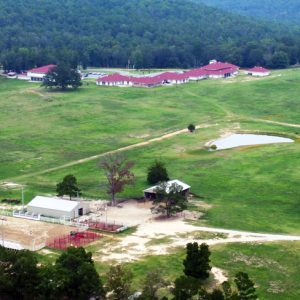 Arkansas Sheriffs' Youth Ranch
Arkansas Sheriffs' Youth Ranch  Bethesda School
Bethesda School  Bethesda Church
Bethesda Church 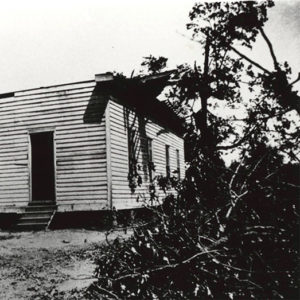 Bethesda Tornado
Bethesda Tornado 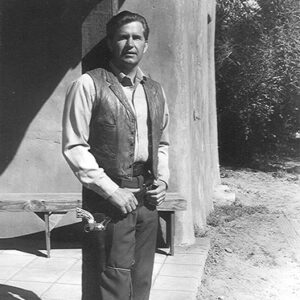 Doyle Brooks
Doyle Brooks 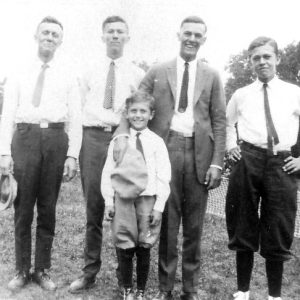 Calaway Family
Calaway Family 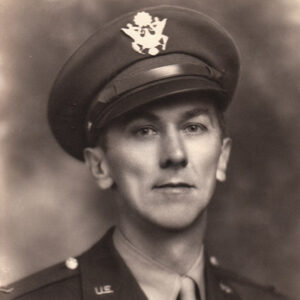 William Hickman Calaway
William Hickman Calaway 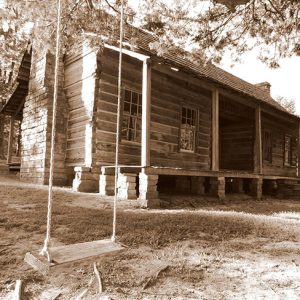 Grigsby House
Grigsby House 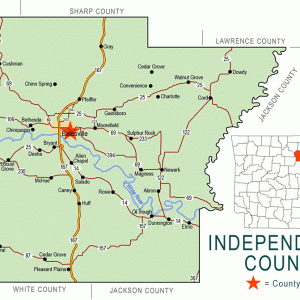 Independence County Map
Independence County Map 




No account of the area could be complete without input from residents about the haunted distillery home. 1. The distillery home was from around 1855. 2. It is rumored it was haunted, and though Im not superstitious, I believe it had something wrong. Footsteps and voices could be heard all night. Locked doors were opened in the night. 3. There was a rumor that the original owners buried loot under the home to protect it from Yankees. I cant say for sure it was true, but judging by the two dozen holes under the house, many believed it to be true. There is a spot on the place owned by Freddy Sifford that had three cabin sites from the early 1800s. It has probably been reclaimed by nature but to the best of my knowledge it had never been metal detected. 4. There was a Civil War skirmish on the property, with about twenty Confederates killing the same number of Union troops. 5. There was a still behind the property about halfway to the river. Remnants were still there in the late 1960s. 6. In 1928 in Bethesda there were two general stores, one blacksmith, two doctors and a clinic, and a mens clothing store. The Depression killed Bethesda. 7. In the late 1960s, talent shows were held monthly or more frequently in the old school. It was pretty much all local talent. It also hosted Halloween festivities, beauty contests, and bingo. 8. The town was all white except the Garcias. They were helpful neighbors.